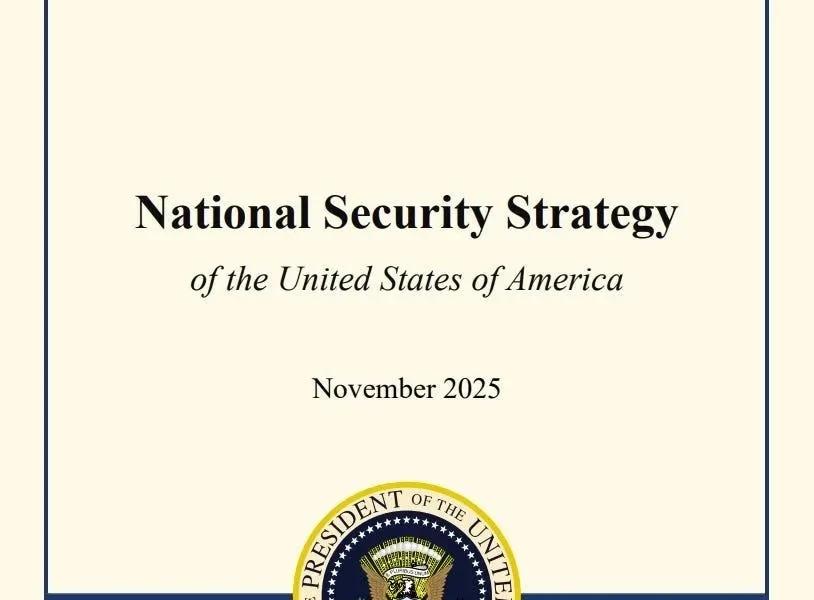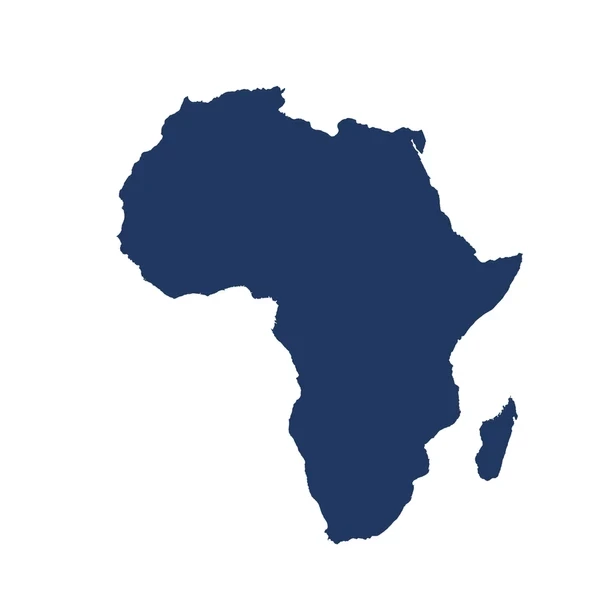
In a country blessed with remarkable natural wealth — from savannahs to majestic woodlands, gold-rich hills to fertile tobacco plains — the scars of environmental neglect run deep.
On April 30, Zimbabwe’s Environmental Management Agency (EMA), a regulatory parastatal under the Ministry of Environment and Wildlife, took an audacious step forward: the launch of the National Environment Case Law Survey.
This is framed under the constitutional guarantee of environmental rights in Section 73, it is a survey that marks the first serious attempt to catalogue the scope, scale, and stumbling blocks of environmental justice across Zimbabwe.
The report makes for sobering reading. With over 1 400 cases recorded, mining tops the list of environmental crimes, many involving rampant, unregulated operations that have left behind moonscapes of degraded land, polluted rivers, and poisoned air.
In a country blessed with remarkable natural wealth — from savannahs to majestic woodlands, gold-rich hills to fertile tobacco plains — the scars of environmental neglect run deep.
On April 30, Zimbabwe’s Environmental Management Agency (EMA), a regulatory parastatal under the Ministry of Environment and Wildlife, took an audacious step forward: the launch of the National Environment Case Law Survey.
This is framed under the constitutional guarantee of environmental rights in Section 73, it is a survey that marks the first serious attempt to catalogue the scope, scale, and stumbling blocks of environmental justice across Zimbabwe.
The report makes for sobering reading. With over 1 400 cases recorded, mining tops the list of environmental crimes, many involving rampant, unregulated operations that have left behind moonscapes of degraded land, polluted rivers, and poisoned air.
- Veld fire management strategies for 2022
- Stop harassing media for reporting truth
- Veld fire management strategies for 2022
- News in depth: Mnangagwa’s push for $12 billion mining industry imperils communities
Keep Reading
Commercial firewood trading, primarily driven by the energy needs of Zimbabwe’s tobacco-curing barns, has emerged as a key culprit in accelerating deforestation.
Yet, this is not just a tale of ecological loss—it is a story of legal inertia. As EMA’s report reveals, penalties under existing law are laughably light.
Most environmental crimes fall within fine levels 1 to 3 (out of 14), making them cheaper to commit than to avoid. A mining syndicate can often destroy a river system for less than US$500 in fines—chump change for operations trading in gold and lithium.
Law enforcement officials, prosecutors, and court clerks—the very custodians of environmental justice—shared their frustrations at the launch.
“We are dealing with crimes that are not only complex but also time-sensitive,” said a senior prosecutor from the National Prosecuting Authority (NPA).
“In cases like remote water pollution, by the time an expert arrives to collect evidence, the traces are gone.”
The establishment of a dedicated Zimbabwe Republic Police (ZRP) desk at EMA signals an attempt to fast-track investigations and referrals.
But structural problems abound. “We’re under-capacitated,” said another NPA official.
“Our prosecutors are trained for rape and murder, not river siltation or wetland destruction.
“Environmental crimes need their prosecutorial science — and experts to match.”
Indeed, the report underscores that environmental crimes require technical evidence, expert testimony, and deep coordination.
Yet, this is made more difficult by a cultural gap. In many rural communities, reporting an environmental crime is seen as an act of betrayal rather than a civic duty. “Often, the perpetrator is a neighbour or relative,” noted a ZRP representative. “So silence prevails.”
The survey also interrogates the legal framework itself. While statutory instruments like SI 7 of 2007 exist, mandating Environmental Impact Assessments (EIA) and ecosystem protections, enforcement remains uneven.
EMA currently uses a blend of inspections, tickets (US$5–US$5000), closure orders, and court prosecutions. But penalties must bite harder, say officials, if Zimbabwe is serious about deterrence.
EMA’s efforts are complemented by a robust network of government authorities, local government, civic society, informants and partners, including the Forestry Commission, ZimParks, Centre for Natural Resource Governance (CNRG), Zimbabwe Environmental Law Association (Zela) among others.
Their testimony in the report paints a picture of dedicated but under-resourced actors grappling with an enemy that mutates—illegal loggers, unlicensed miners, and unregulated traders.
To its credit, EMA is not just diagnosing the illness—it is building a treatment plan. The agency has committed to deeper public education, stronger compliance audits, and community-based monitoring systems.
The hotline system, for example, allows citizens to report violations anonymously.
But without legal reform—starting with a revision of penalty levels — EMA’s bark will continue to exceed its bite.
The stakes are high. Zimbabwe sits on the frontlines of climate vulnerability.
Floods, droughts, and heatwaves are already reshaping rural economies and food security.
Against this backdrop, environmental crimes are not just legal violations — they are existential threats.
As EMA pushes forward, the challenge will be to transform this survey from a one-time exposé into a living tool for justice. It is a test of political will, institutional coherence, and public courage.
And perhaps most crucially, it is a test of whether Zimbabwe is ready to stop treating the environment as a passive backdrop to development — and start treating it as the foundation
Passionate Fuza
Yet, this is not just a tale of ecological loss—it is a story of legal inertia. As EMA’s report reveals, penalties under existing law are laughably light.
Most environmental crimes fall within fine levels 1 to 3 (out of 14), making them cheaper to commit than to avoid. A mining syndicate can often destroy a river system for less than US$500 in fines—chump change for operations trading in gold and lithium.
Law enforcement officials, prosecutors, and court clerks—the very custodians of environmental justice—shared their frustrations at the launch.
“We are dealing with crimes that are not only complex but also time-sensitive,” said a senior prosecutor from the National Prosecuting Authority (NPA).
“In cases like remote water pollution, by the time an expert arrives to collect evidence, the traces are gone.”
The establishment of a dedicated Zimbabwe Republic Police (ZRP) desk at EMA signals an attempt to fast-track investigations and referrals.
But structural problems abound. “We’re under-capacitated,” said another NPA official.
“Our prosecutors are trained for rape and murder, not river siltation or wetland destruction.
“Environmental crimes need their prosecutorial science — and experts to match.”
Indeed, the report underscores that environmental crimes require technical evidence, expert testimony, and deep coordination.
Yet, this is made more difficult by a cultural gap. In many rural communities, reporting an environmental crime is seen as an act of betrayal rather than a civic duty. “Often, the perpetrator is a neighbour or relative,” noted a ZRP representative. “So silence prevails.”
The survey also interrogates the legal framework itself. While statutory instruments like SI 7 of 2007 exist, mandating Environmental Impact Assessments (EIA) and ecosystem protections, enforcement remains uneven.
EMA currently uses a blend of inspections, tickets (US$5–US$5000), closure orders, and court prosecutions. But penalties must bite harder, say officials, if Zimbabwe is serious about deterrence.
EMA’s efforts are complemented by a robust network of government authorities, local government, civic society, informants and partners, including the Forestry Commission, ZimParks, Centre for Natural Resource Governance (CNRG), Zimbabwe Environmental Law Association (Zela) among others.
Their testimony in the report paints a picture of dedicated but under-resourced actors grappling with an enemy that mutates—illegal loggers, unlicensed miners, and unregulated traders.
To its credit, EMA is not just diagnosing the illness—it is building a treatment plan. The agency has committed to deeper public education, stronger compliance audits, and community-based monitoring systems.
The hotline system, for example, allows citizens to report violations anonymously.
But without legal reform—starting with a revision of penalty levels — EMA’s bark will continue to exceed its bite.
The stakes are high. Zimbabwe sits on the frontlines of climate vulnerability.
Floods, droughts, and heatwaves are already reshaping rural economies and food security.
Against this backdrop, environmental crimes are not just legal violations — they are existential threats.
As EMA pushes forward, the challenge will be to transform this survey from a one-time exposé into a living tool for justice. It is a test of political will, institutional coherence, and public courage.
And perhaps most crucially, it is a test of whether Zimbabwe is ready to stop treating the environment as a passive backdrop to development — and start treating it as the foundation











